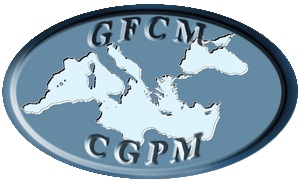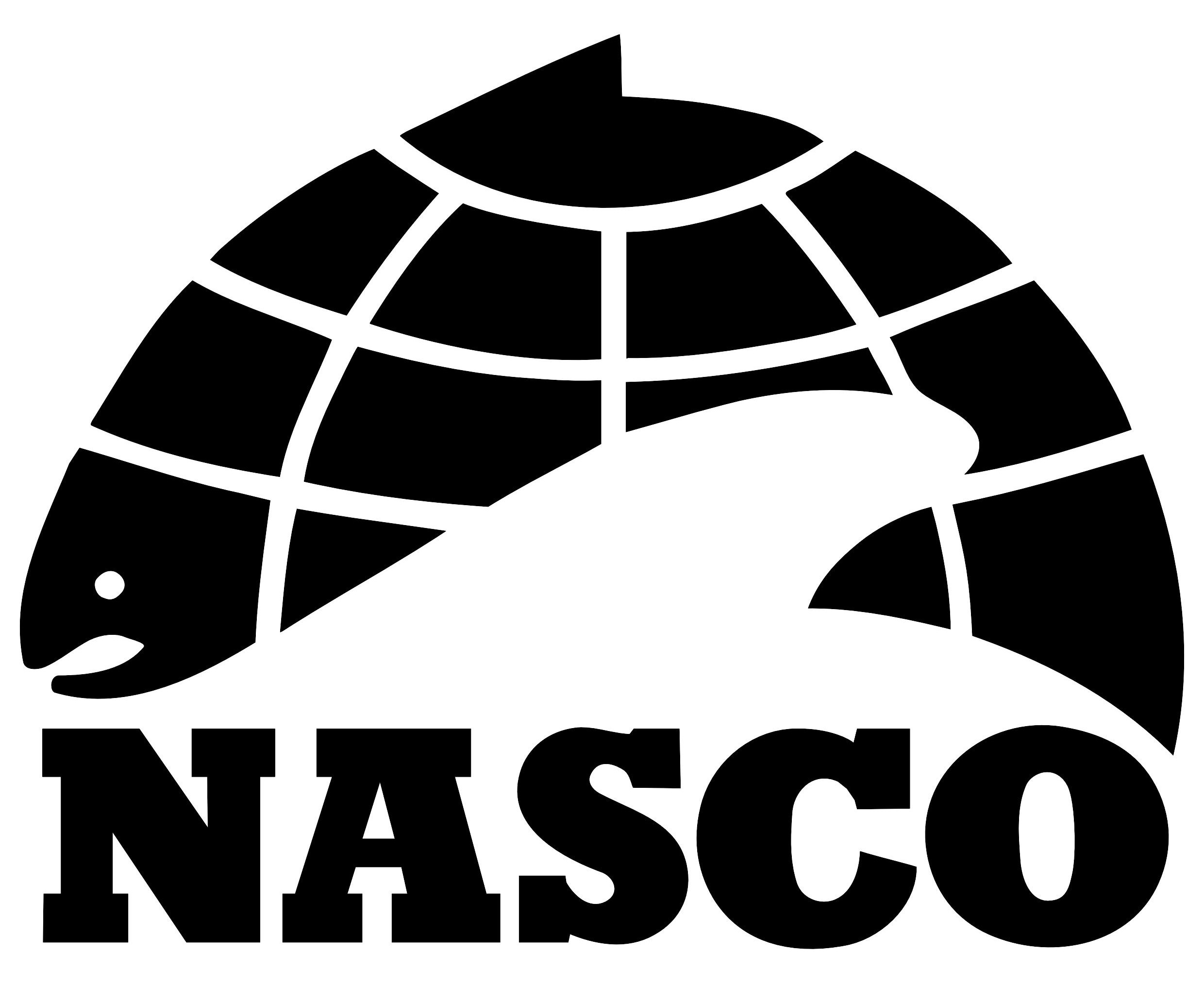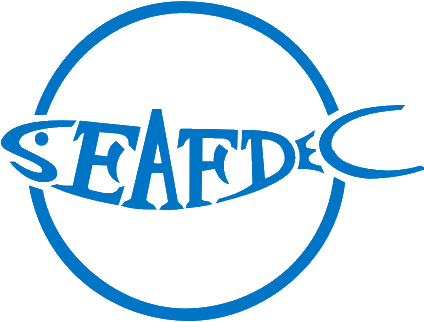The CWP, supported by the participating organizations, serves as the premier international and interorganizational forum for agreeing common definitions, classifications and standards for the collection of fishery and aquaculture statistics. It has developed common procedures for statistics collation which have streamlined processes and reduced the burden on the statistical offices of national fisheries and aquaculture production, as well as providing technical advice to participating organizations on fishery-related and aquaculture-related statistical matters, and facilitating the publication of methodological and reference documents.
Highlights
- The Twenty-Seventh Session of the Coordinating Working Party on Fishery Statistics (CWP-27) met in June 2022 (report) to discuss the CWP Handbook of Fishery Statistics and activities of five Task Groups which are developing statistical concepts and measures for catch and fishing effort, guidelines for the Standard for Reference Harmonization, best practices for streamlining statistical data workflows and data confidentiality issues, and a revised Handbook section on aquaculture. CWP-27 discussed statistical activities in support of Sustainable Development Goals, characterization of small-scale fisheries, emerging needs for international statistical standards, and development of online data reporting platforms for fisheries statistics. CWP 27 agreed new intersessional work which includes geospatial matters including a proposed geo-coding system for water jurisdiction areas, and statistical concepts related to small-scale fisheries.
- FishStatJ is a Windows and Mac application developed to access FAO's Fishery and Aquaculture Statistics. Through it, data can be extracted and aggregated at various levels of detail and using international standard classifications. An enhanced version of FishStatJ (version 4.03.00) was released in March 2023 together with updated FAO fishery and aquaculture production data (to 2021).
The CWP Handbook of Fishery Statistics
The CWP Handbook documents the core business of CWP including the statistical concepts, classifications, data exchange protocols and codes which are recommended by CWP for use in capture fishery and aquaculture statistics globally. There are also related pages on information sharing practices which outline approaches needed to establish harmonized statistics, and pages on regional references which set out CWP Members’ best practices in implementing CWP recommendations.
Click on the tabs above or the highlighted sections below to explore the Handbook and related pages.




























